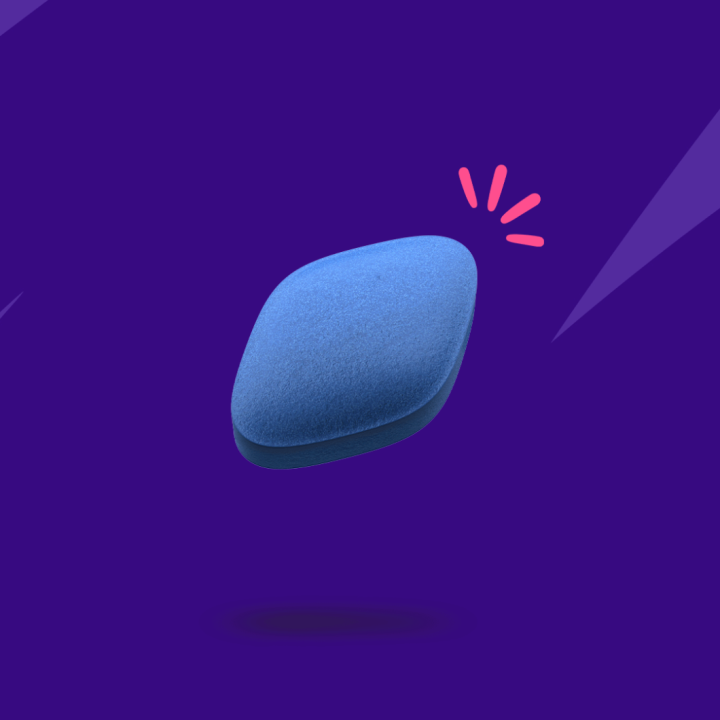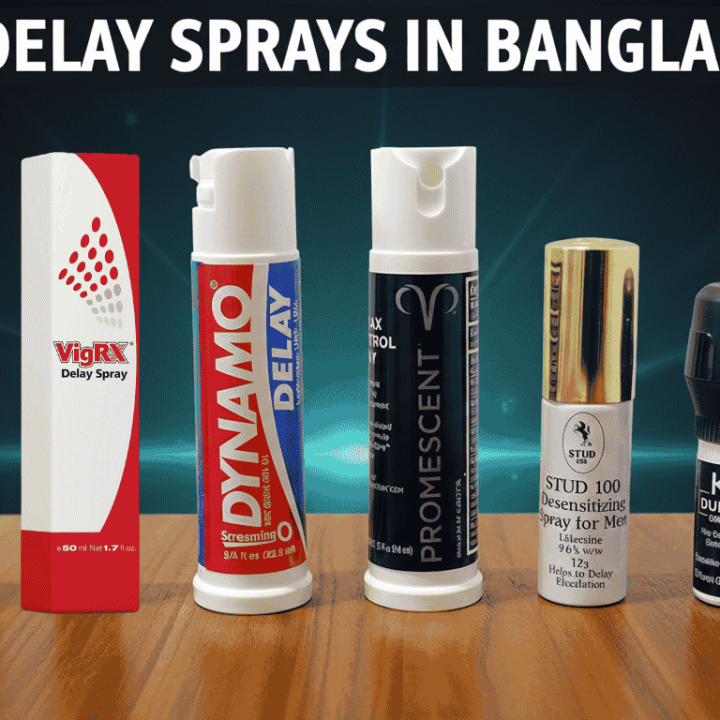
Anorgasmia in Bangladesh: Symptoms, Causes, Diagnosis & Treatment
Anorgasmia is a sexual health condition where reaching orgasm is consistently difficult or does not occur despite arousal and stimulation. In Bangladesh, stigma and low awareness often delay care. This page explains the essentials in a clear, clinician-reviewed format you can trust, using a layout consistent with our standard health pages.
What is Anorgasmia
Anorgasmia refers to persistent or recurrent absence of orgasm after adequate sexual stimulation. It is different from erectile dysfunction or premature ejaculation. Men may feel excitement and maintain erections yet still be unable to climax. Severity varies by individual and situation.
- Primary anorgasmia: orgasm has never been experienced
- Secondary anorgasmia: develops after a period of normal function
- Situational: occurs only in certain contexts or with specific partners
- Generalized: occurs in all settings and forms of stimulation
The condition can affect self-confidence, relationships, and quality of life. Early evaluation helps identify reversible causes and guide treatment.
How Male Orgasm Works
Male orgasm is a coordinated neurovascular and hormonal process. Sensory stimulation travels via peripheral nerves to the spinal cord and brain. Autonomic signals then coordinate emission and ejaculation while the brain generates the subjective orgasmic peak. Disruption at any step can blunt or block orgasm.
Key components involved:
- Peripheral sensation and intact penile nerves
- Central processing of arousal and reward
- Adequate testosterone and balanced prolactin/thyroid function
- Coordinated smooth and skeletal muscle activity
When You Should See a Doctor
Occasional difficulty climaxing can be normal, especially with fatigue or stress. Seek medical advice if the problem is frequent, causes distress, appears after a new medication, or coexists with numbness, erectile changes, pelvic pain, or urinary symptoms. A urologist, endocrinologist, or sex therapist may be involved in care.
Common contributing domains:
- Psychological: anxiety, depression, performance pressure
- Neurological: diabetic neuropathy, spinal injury
- Hormonal: low testosterone, thyroid or prolactin imbalance
- Medication related: antidepressants, antipsychotics, prostate drugs
Identifying the domain that best explains your symptoms allows targeted treatment and faster improvement.
Symptoms of Anorgasmia
Typical concerns patients report include:
- Persistent inability to reach orgasm despite adequate erection and arousal
- Marked delay to orgasm that feels abnormal or distressing
- Reduced orgasm intensity or satisfaction
- Emotional effects such as frustration, low mood, or relationship strain
Symptoms may be situational or consistent across masturbation and partnered sex. A clinician can help map patterns that point to likely causes.
Causes of Anorgasmia
Most cases arise from overlapping factors. A structured assessment looks at psychological, medical, neurological, hormonal, and behavioral contributors.
Psychological Causes
Common patterns:
- Performance anxiety, fear of failure, or distractibility
- Depression, stress, trauma history, or conflict with a partner
- Conditioned responses to specific fantasies or media that do not match real intimacy
Psychosexual therapy helps many patients by reducing pressure, reshaping expectations, and restoring pleasurable focus.
Physical and Neurological Causes
Disorders that reduce sensation or impair nerve signaling can delay or block orgasm. Metabolic conditions may compound the issue.
Examples include:
- Diabetic neuropathy, pelvic or spinal nerve injury
- Post-surgical changes after prostate or pelvic procedures
- Multiple sclerosis, Parkinsonism, or other neurologic disorders
- Chronic pain syndromes that disrupt attention and arousal
Addressing the underlying condition and optimizing pelvic sensory input can improve outcomes.
Behavioral Factors
Highly specific masturbation patterns, very tight grip, or rapid switching between intense visual stimuli may condition arousal in ways that do not translate during partnered sex. Gradual retraining and mindful techniques can help.
Risk Factors in Bangladesh
Local drivers frequently include metabolic disease, long work hours, sleep loss, and untreated mood disorders. Early screening and lifestyle changes lower risk and support recovery.
- Diabetes and prediabetes affecting nerve sensitivity
- Depression, anxiety, and chronic stress
- Medications started for mood or prostate symptoms
- Low testosterone or thyroid imbalance
- Alcohol, nicotine, or recreational drug use
Diagnosis of Anorgasmia
Evaluation begins with a detailed history, medication review, and focused physical exam. Your clinician will ask where and when the problem occurs, what helps or worsens it, and whether erections and ejaculation are otherwise normal.
Tests that may be considered:
- Hormone panel: total testosterone, prolactin, thyroid studies
- Glucose and lipid profile to screen for metabolic risk
- Sensory testing if neuropathy is suspected
- Medication reconciliation to identify likely culprits
Findings guide a personalized plan that targets the most likely causes first.
How is Anorgasmia Treated
There is no single pill that fits all cases. Treatment aligns with the underlying drivers and often combines counseling, medical optimization, and behavioral strategies.
- Psychosexual therapy or CBT to reduce anxiety and improve focus
- Medication review with possible switch or dose adjustment
- Hormone management if testosterone or prolactin is abnormal
- Pelvic floor training and sensation retraining techniques
- Adjuncts when appropriate, such as penile vibratory stimulation
When mild erectile issues coexist, PDE5 inhibitors may indirectly help by lowering performance pressure and improving arousal continuity.
Therapy and Lifestyle Changes
A low-pressure environment and consistent habits support recovery. Prioritize sleep, regular exercise, moderated alcohol intake, smoking cessation, and open communication with your partner. Guided exercises that slow tempo and build sensation awareness can be very helpful.
Prevention Tips
While not all cases are preventable, proactive care reduces risk and speeds recovery if problems arise.
- Manage diabetes and metabolic health early
- Screen and treat mood disorders
- Review new prescriptions for sexual side effects
- Adopt balanced masturbation practices and mindful arousal
- Maintain regular sleep and physical activity
If symptoms persist for more than a few months or cause distress, book a confidential consult with a qualified clinician.
Anorgasmia in Bangladesh: Frequently Asked Questions
Quick, practical answers to common questions about male anorgasmia. These are informational and not a substitute for medical advice.




